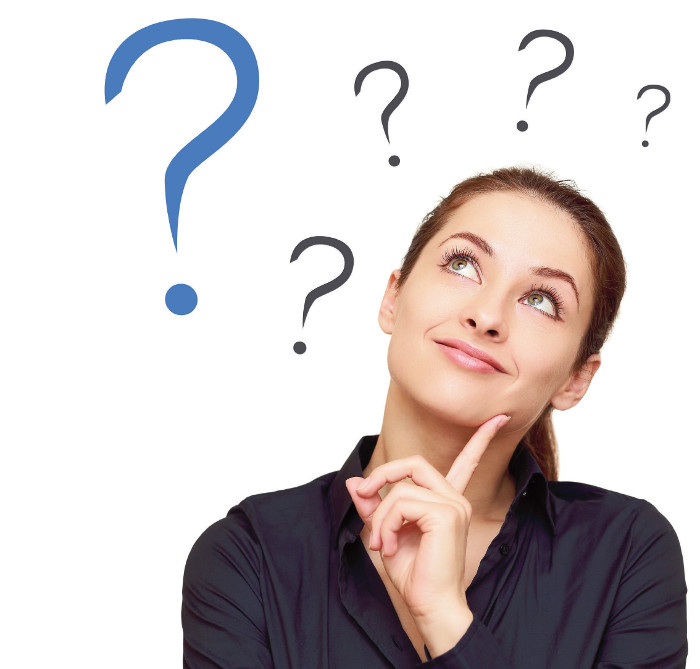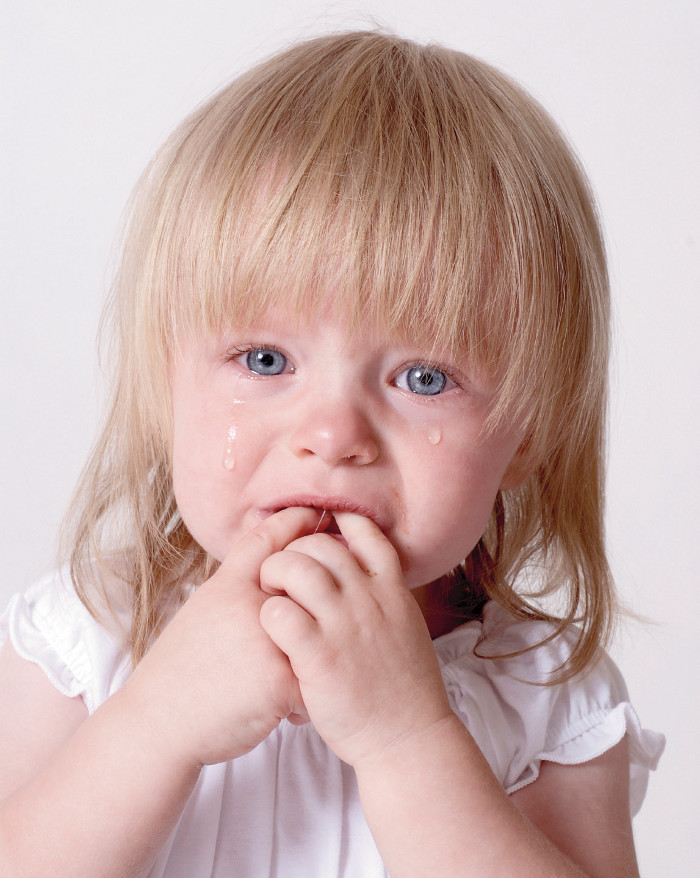Have you ever wondered...
In Population Health
Follow this topic
Bookmark
Record learning outcomes
Ever wondered why yawns can be catching, why people talk nonsense in their sleep and why crimson colour creeps into our cheeks when we are embarrassed? We look at some of the more curious aspects of being human…

Laugh and the world laughs with you, as the famous poem goes, but surely the same can be said of yawning? Just try it and see: yawns can be curiously contagious, and this is causing psychologists and scientists to wonder why. Yawning is often associated with being tired or bored, but what intrigues researchers is that simply being with someone who is yawning can also tend to make us yawn.
Chimpanzees are the only other animals thought to yawn when they see or hear others yawning. One theory is that contagious yawning is a way of relating to our fellow beings, a way of letting them know that we know how they are feeling.
“From an evolutionary point of view, yawning signals a group feeling of security and a need for rest at a time when it is safe,†explains Catriona Morrison, a trustee of the British Psychological Society and Professor of Psychology at Heriot- Watt University in Edinburgh.
“As for contagious yawning, from the research I have done, it’s an indicator of empathy. We found that people who are more prone to contagious yawning are also higher on a scale of empathy – they are more in tune with other people’s feelings. It signals group membership and empathy.â€
Contagious yawning is a form of mimicking. “If you look at people in social situations, such as standing at a bar,†says Professor Morrison, “you’ll notice that they often unconsciously mimic each other, for instance standing with their arms crossed. They mirror each other’s behaviour – unconsciously – as an indicator, we think, of empathy.â€
People are more likely to yawn contagiously if they are tired, she adds. “But it is part of mirroring behaviour. You are indicating empathy with another individual. It is certainly linked with tiredness, but it is not essential to be tired to yawn contagiously.â€
One study in the US, which is looking into contagious yawning, suggests that yawning in response to others may be more closely linked to a person’s age than their ability to empathise, however. The research, published in the journal Plos One, found that as age increased, participants in the study were less likely to yawn.
Seeing red
Charles Darwin called blushing “the most peculiar and most human of all expressionsâ€, and little wonder, offering as it does a window on the workings of another’s mind, a tell-tale reveal of inner thoughts and feelings. Most of us know that awful feeling of a reddening face just when we want to seem at our most composed and confident.
Worse still, this self-consciousness about being caught blushing can make our cheeks flare an even deeper red. “Everyone has the propensity to blush,†says Robert J Edelmann, Professor of Forensic and Clinical Psychology at the University of Roehampton in London. Facial reddening due to expansion of the blood vessels near to the surface of the skin is one way in which we lose body heat and maintain body temperature equilibrium, he explains. “Our faces are likely to go red when we exercise, drink alcohol or any other reason our heart rate might increase.â€
Self-consciousness or an assumption that others are watching and judging us leads to heart rate increase and hence facial reddening, he says. “The more self-conscious we are, the more we are likely to blush or fear that we might. Even fear that we might be blushing – and so be seen by others in a negative light – can lead to actual blushing, even though we might not have been blushing in the first place.â€
Blushing is seen as being “the hallmark of embarrassment, and embarrassment is an emotion we try to avoid because it is a state that we feel is likely to be negatively evaluated by others,†he explains. On the flip side, not blushing when it would be judged right to do so can be viewed negatively. “Blushing can be seen as a sign of contrition,†says Professor Edelmann. “Someone who never shows embarrassment can be seen as being rather boorish.â€
Research from the US backs this up, with researchers at the University of California, Berkeley, suggesting that people who are easily embarrassed are felt to be more trustworthy. This may come as small comfort to those who find blushing a real problem.
So, can blushing be controlled? “Problems with blushing have more to do with a fear of blushing rather than with blushing itself,†says Professor Edelmann. “For example, socially anxious individuals are likely to fear they will behave in an embarrassing way or won’t know what to say and will blush and then others will evaluate them negatively. The aim of cognitive behavioural therapy (CBT) for a chronic fear of blushing is to help people to challenge their negative view of themselves, to be more positive, to relax and engage with others.â€
Nocturnal chattering
We’ve probably all heard someone muttering apparent nonsense while in the land of nod, but not everyone talks in their sleep. “During deep sleep, some people may experience sleep talking, sleep walking or tooth grinding,†says Professor Kevin Morgan, director of the Clinical Sleep Research Unit at Loughborough University.
“These all tend to relate to a failure of the nervous system to totally shut down motor activity and they all seem to affect similar individuals, so people who sleep walk may also tend to sleep talk.†There’s no quick answer as to why this happens – it is, he says, “complex neurologyâ€. Is it a big problem? “No. Lots of people experience minor parasomnia [abnormal behaviour during sleep].
Sleep talking might be a problem for a person’s partner, in that it might keep them awake at night. And the talker might leak secret information, I suppose, but it’s unlikely, as if you listen to someone talking in their sleep, it’s usually as meaningless as sleep walking is purposeless.â€
There’s almost certainly a hereditary tendency towards parasomnias, he says, and they tend to be more common in childhood. “Most people grow out of parasomnias, but they can be an interesting barometer of mood. A child who has a tendency to sleep walk, for instance, is far more likely to do so if there is tension or emotional disturbance in the family. So it can act as an emotional barometer. If you are predisposed to these behaviours, periods of stress, anxiety and tension can make them more likely to happen.â€
Why cry?
A child may bellow and cry buckets when upset, while an older person may be more likely to shed a quiet tear alone. But why do we cry? What purpose does it have?
“It may serve two functions,†explains Ad Vingerhoets, Professor of Clinical Psychology at the University of Tilburg in The Netherlands and author of Why Only Humans Weep (Oxford University Press). “It may be that it can bring relief to people when they are emotionally distressed and so have a cathartic effect,†he says.
“The second function is that it can send a very strong signal to others that you are in distress and would like some help.†People are more willing to provide support and help to someone who is in tears than to someone who is not, it seems. Children cry more noisily than adults – and not because they are naturally more dramatic than grown-ups.
“As we grow up, there is less emphasis on the acoustical aspect of crying and more on the visible component of producing tears,†says Professor Vingerhoets, who has done a great deal of research into crying. This makes sense in that young babies – who aren’t able to move towards their parents for help – have to be able to cry loudly to attract attention when it’s needed. But as children grow up, crying tends to quieten down.
“Being able to move towards parents for help means that acoustical crying is less important and also has a possibly negative effect in that it may attract the attention of predators, so that is the big advantage of the visible sign of crying,†explains Professor Vingerhoets. Humans are the only species that cry emotional tears on a regular basis. “If an animal cries, that’s really exceptionalâ€, he adds.
Â
Â

Children tend to cry more noisily than adults
Â
Waking with a startÂ
Some of us may be familiar with the sensation of almost dropping off to sleep only to jump or twitch awake again. “You’re probably more likely to notice this if you are falling asleep in an unfamiliar place or somewhere that isn’t your bed,†says Professor Morgan. He likens these jumps or jerks to “a noise in the musculoskeletal systemâ€.
They are completely normal and safe, he hastens to add. “As your brain starts to go off line, episodically it will discharge a pulse that effectively leads to a tightening of the muscles of stability – in other words, the muscles that keep you upright – and you jump. It’s a similar mechanism to the jump you might have when you are alarmed.â€
One theory that has been put forward is that it may be a remnant of our tree-dwelling past, a signal to arrange ourselves more safely on our branch before snoozing off for the night. Another similarly intriguing suggestion is that hiccups – which happen when the diaphragm suddenly and involuntarily contracts – may be a blast from the past when our ancestors lived in the sea and had gills to help them breathe. Perhaps we’ll never know the full story on these and other strange little quirks – they’re just part of what makes the human species so eternally interesting and mysterious.
